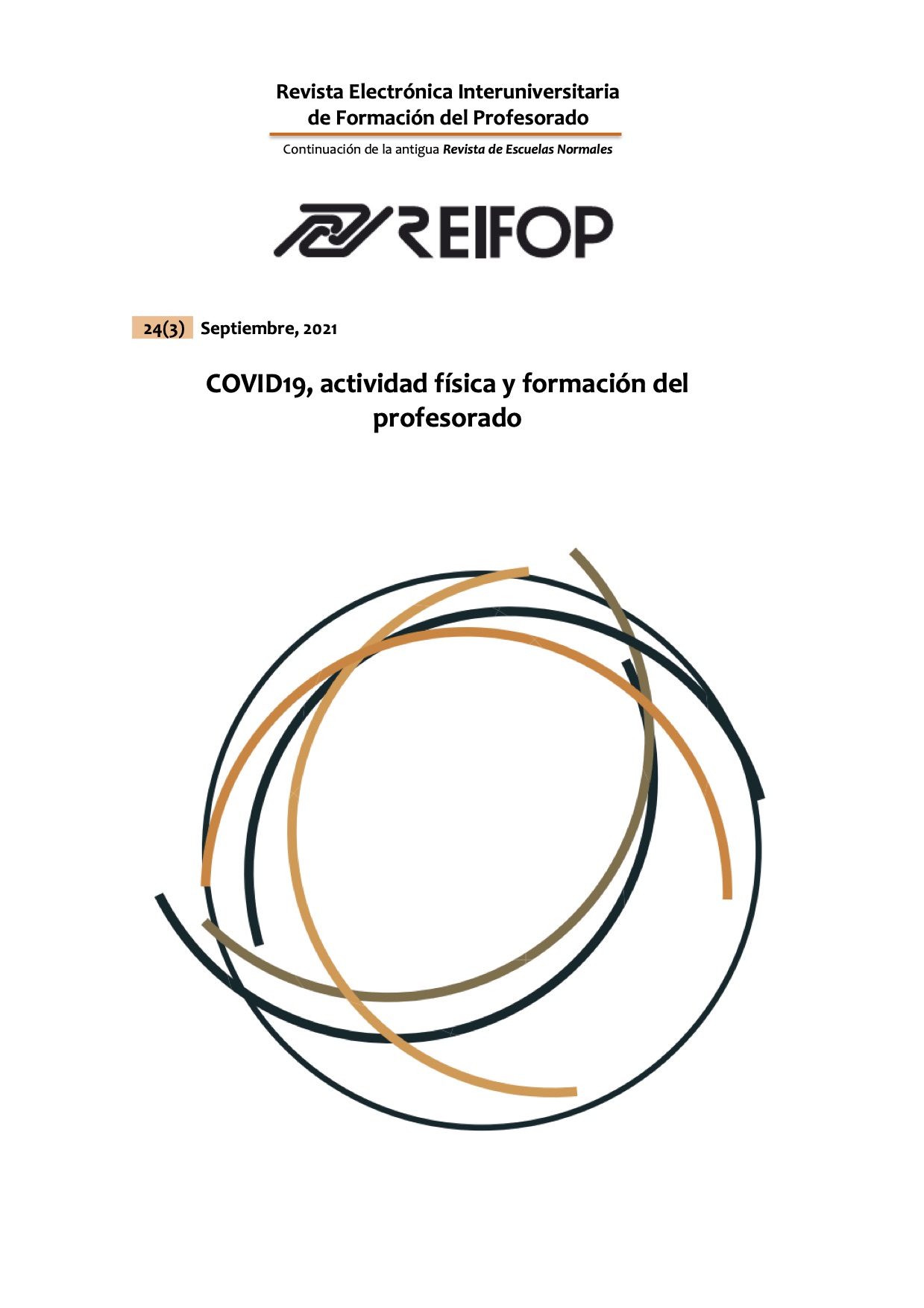Realidad aumentada como recurso de apoyo en el proceso enseñanza-aprendizaje
Abstract
This study analyzes the impact of augmented reality (AR) as a support resource in the teaching-learning process (E-L) of Human Anatomy. For this purpose, a quantitative, quasi-experimental, expository, cross-sectional, descriptive, descriptive research was designed by forming two groups of students who received training in anatomy. The first group, called the control group, made up of 31 students, used traditional teaching resources such as texts, models, drawings, presentations, etc. At the same time, the same subject matter was taught to 31 students; At the end of the experiment, an evaluation of 20 reagents was applied to each group, obtaining the following results: the control group obtained a mean of 2.77 out of 10 and a standard deviation of 0.956, while the experimental group obtained a mean of 7.97 out of 10 and a standard deviation of 0.875. On the other hand, a 10-question survey was applied to the experimental group regarding the use of AR, which showed full satisfaction with the experience received and consider that AR resources awaken in them the motivation to use it, due to its ease of use and the interaction they experience between the content and virtual objects, generating knowledge with entertainment. However, from the students' perspective, the adoption of AR by teachers will be a challenge that teachers must address, since its implementation will require the development of technological, pedagogical and content competencies for an adequate application in the classroom.
Downloads
-
Abstract4774
-
PDF (Español (España))2571
References
Barroso Osuna, J., & Cabero Almenara, J. (2016). Evaluación de objetos de aprendizaje en realidad aumentada. Estudio piloto en el grado de Medicina. Enseñanza & Teaching, 34(2), 149-167. doi:https://doi.org/10.14201/et2016342149167
Cabero Almenara, J., Barroso Osuna, J., & Obrador, M. (2017). Realidad aumentada aplicada a la enseñanza de la Medicina. Revista Cubana de Educación Médica, 203-208. Obtenido de http://dx.doi.org/10.1016/j.edumed.2016.06.015
Chien-Huan, C., Chien-Hsu, C., & Tay-Sheng, J. (2010). An interactive augmented reality system for learning anatomy structure. Proceedings of the International MultiConference of Engineers and Computer Scientists, 1, pág. 6. Hong Kong. Obtenido de http://citeseerx.ist.psu.edu/viewdoc/download?doi=10.1.1.302.6410&rep=rep1&type=pdf
Corral de Franco, Y. J. (2009). Validez y confiabilidad de los instrumentos de investigación para la recolección de datos. Revista Ciencias de la Educación, 19(33), 229-247. Obtenido de http://www.riuc.bc.uc.edu.ve/bitstream/123456789/1949/1/ycorral.pdf
Fernández Aedo, R., Server García, P., & Cepero Fadraga, E. (2001). El aprendizaje con el uso de las nuevas tecnologías de lainformación y las comunicaciones. OEI Revista Iberoamericana de Educación, 25(1), 1-9. Obtenido de EL APRENDIZAJE CON EL USO DE LAS NUEVAS TECNOLOGÍAS DE LA: https://rieoei.org/RIE/article/view/2912
Guiraldes, H., Oddó, H., Mena, B., & Velasco, N. &. (17 de 07 de 2001). Enseñanza de la anatomía humana. Experiencias y desafíos en una escuela de medicina . (P. D. Canto, Ed.) Revista Chilena de Anatomía, 19(2). Recuperado el 17 de 04 de 2019, de scielo.conicyt.cl: http://dx.doi.org/10.4067/S0716-98682001000200013
Hernández, R., Fernández, C., & Baptista, M. d. (2014). Metodología de la Investigación (6 ed.). México, D.F., México: McGraw-Hill Education.
Hernández-Nieto, R. A. (2002). Contributions to statistical analysis. Mérida: Universidad de Los Andes, 193.
Hidalgo, B., Rivera, L., & Delgadillo, R. (2019). Virtual Communities of Learning : New Challenges in Teaching Learning Process in Higher Education. Indian Journal of Science & Technology, 12(March). https://doi.org/10.17485/ijst/2019/v12i10/139882
Instituto Nacional del Cáncer de los Estados Unidos. (2019). Instituto Nacional del Cáncer. Obtenido de https://www.cancer.gov/espanol/publicaciones/diccionario/def/rinon
Kamphuis, C., Schijven, M., Barsom, E., & Christoph, L. (2014). Augmented reality in medical education? Perspect Med Educ, 1-13. doi:10.1007/s40037-013-0107-7
Moreno Martínez, N., Leiva Olivencia, J., & Lopez Meneses, E. (2017). La realidad aumentada como tecnología emergente para la innovación educativa. Notandum(44), 125-140. Obtenido de http://www.hottopos.com/notand44/10MorenoLeivaLopez.pdf
Nicolalde, N. (2010). Metodología de la Investigación Científica (1 ed.). Quito.
Piscitelli Altomari, A. (2017). Realidad virtual y realidad aumentada en la educación, una instantánea nacional e internacional. Economía Creativa(7), 34-63. Obtenido de http://centro.edu.mx/ojs_01/index.php/economiacreativa/article/view/137/99
Villasís-Keever, M. Á., & Miranda-Novales, M. G. (Marzo de 2016). El protocolo de investigación II: Los diseños de estudio para investigación clínica. Alergia México, 63(1), 80-90. Obtenido de http://www.redalyc.org/articulo.oa?id=486755022002
Los artículos que se publican en esta revista están sujetos a los siguientes términos:
1. El Departamento de Métodos de Investigación y Diagnóstico en Educación de la Universidad de Murcia (España), junto con el Servicio de Publicaciones de la Universitdad de Murcia (Editum) son los editores de la revista REIFOP y conserva los derechos patrimoniales (copyright) de los artículos publicados, permitiendo la reutilización de las mismos bajo la licencia de uso indicada en el punto 2.
2. Las obras se publican en la edición electrónica de la revista bajo una licencia Creative Commons Reconocimiento-NoComercial-SinObraDerivada 3.0 España (texto legal). Se pueden copiar, usar, difundir, transmitir y exponer públicamente, siempre que: i) se cite la autoría y la fuente original de su publicación (revista, editores y URL de la obra); ii) no se usen para fines comerciales; iii) se mencione la existencia y especificaciones de esta licencia de uso.
3. Condiciones de auto-archivo. Se permite y se anima a los autores a difundir electrónicamente las versiones pre-print (versión antes de ser evaluada) y/o post-print (versión evaluada y aceptada para su publicación) de sus obras antes de su publicación, ya que favorece su circulación y difusión más temprana y con ello un posible aumento en su citación y alcance entre la comunidad académica. Color RoMEO: verde.















